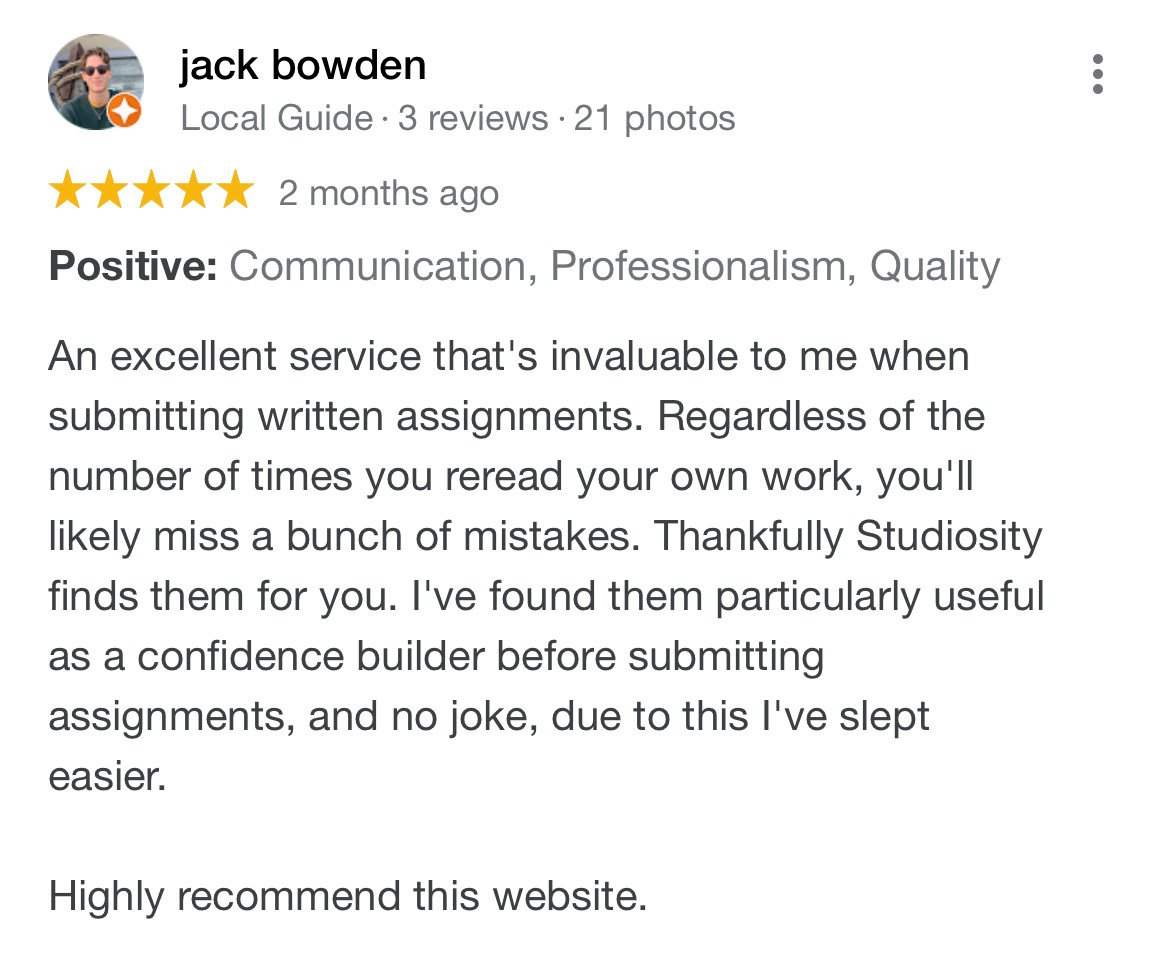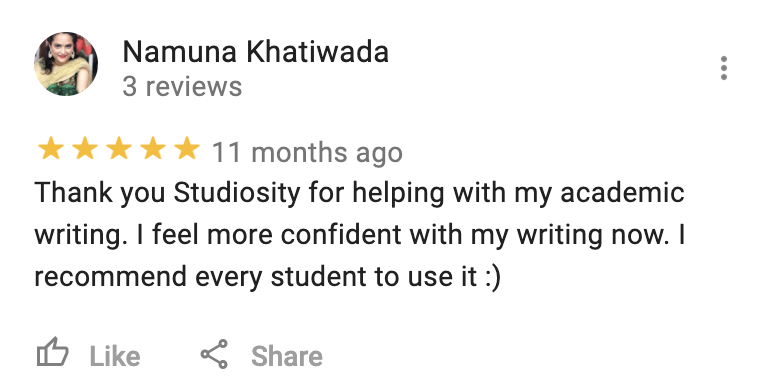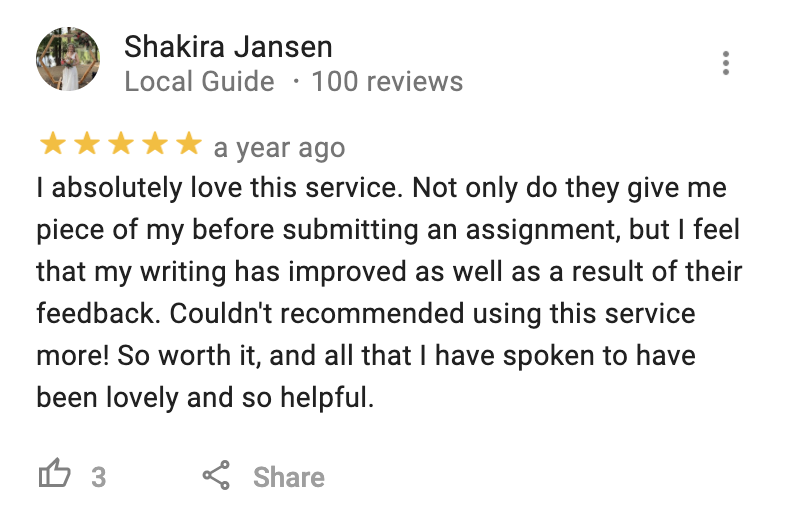At the inaugural New Zealand Partner Forum last week, I posed the question to the room: “What do you think are some key characteristics of successful partnerships between universities and organisations?”
I wanted to share a summary of the discussion that followed, between representatives from most of New Zealand's universities and a number of polytechnics and institutes.

A few key themes emerged in response.
Characteristics of successful partnerships between universities and organisations
- Having clarity of the partnership's purpose and recognition of shared goals
- The importance of transparency and understanding each other’s motivations
- Communicating challenges and outcomes in context
- Evidence of mutual benefit, and data to support it
- Recognising the role of change management in a successful implementation
In small groups, delegates discussed these factors in more detail. One group agreed that any organisation partnering with a university needs to fundamentally understand the purpose of that university - and in particular, which element of that university's purpose you are partnering with (e.g. to transmit knowledge, to turn a profit, to advance research, etc.)
Establish an agreed and communicated purpose
Conversely, it's important to establish the clear purpose of the partnership and what the 3rd-party organisation offers at multiple different levels of the university, too. This will build trust and advocacy among various stakeholders, not just decision-makers.
Academics and professional staff also need resources to cement their awareness and understanding of the partnership, and create a link between decision-makers and implementers so that everyone knows how things can benefit them in their specific context. How can you show those implementers the value - not just the decision-makers? How can you consider change management? There is a need for integrated conversations at all levels.
One participant commented that an approach of this nature must not be random; partners must tailor the approach and be respectful of an institution's hierarchy. Work with leaders to help them have the conversations they need to have within the university.
Another group thought about this in relation to the intention of Te Tiriti - building and understanding of each other's needs and purpose, recognising Treaty principles and how they can/should be demonstrated in a partnership.
Consider your wider context
As this particular conversation took place in Auckland, New Zealand, their specific context was especially relevant. Organisations partnering with New Zealand universities must be respectful of social and cultural context for example Te Tiriti o Waitangi and how that affects operations. They must also understand New Zealand's tertiary education context, e.g. the Tertiary Education Commission who publish information on the performance of tertiary education organisations based on agreed educational performance indicators (EPIs).

Embrace full transparency
Transparency is a cornerstone of robust and sustainable partnerships. It creates a foundation of trust and integrity essential for the success of any collaboration. By embracing transparency, both partners engage in a dialogue that not only clarifies each other's expectations and objectives but also outlines mechanisms for redress in the event of challenges.
A transparent partnership also enables a deep understanding of the demographics and context within which they operate, allowing both parties to effectively address any challenges that may arise. Ultimately, transparency not only strengthens the relationship between universities and third parties but also enhances the impact and outcomes of their collaborative efforts.
Co-design the solutions
As we endeavour to keep up with the rapidly-changing technological and social environment, partnerships are crucial in facing and tackling large-scale problems. Rather than facing these challenges in silos or as individual organisations, we can harness the collective power of multiple skillsets and resources. We can also approach our own partnerships this way: collaboratively.
When organisations and third-parties recognise the university's specific needs when developing a product, it becomes less about 'customisation' and more about collaboration and co-creation.
Similarly, the partnership can be leveraged to address broader, sector-wide issues; for example the impact of GenAI, its use in institutions as a 'teaching assistant', or where students are seeing value in particular tools and where the university might see some value, too.

It was fantastic to hear from different perspectives what a true "partnership" meant to them in a higher education context. It is clear that transparency, shared goals or purpose, integrated communication and a collaborative attitude all play a significant role in an effective and successful partnership. The tricky part is getting all of those things to happen at once.







